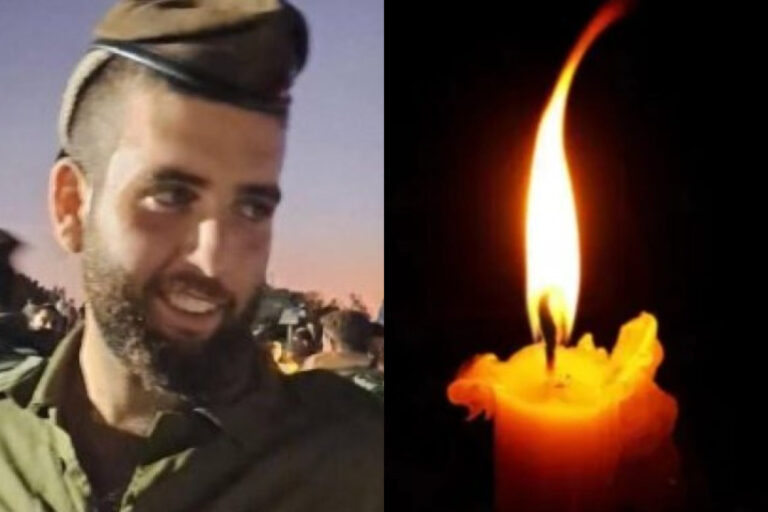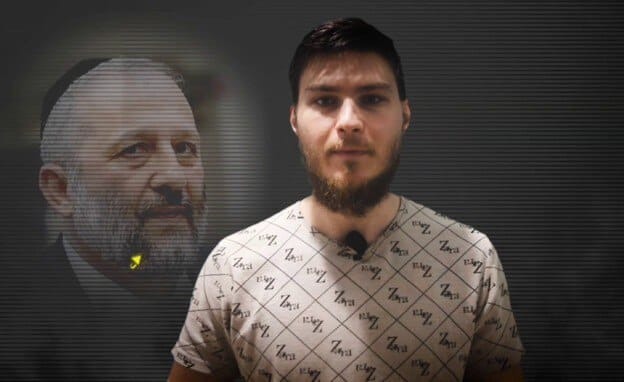 In an interrogation that stretched 12 hours, the man confessed to the murder and supplied chilling details of the crime. Stepping before jurors in an upstate New York courtroom, prosecutors pointed to those admissions as damning proof of guilt, dismissing the defendant’s history of mental illness.
In an interrogation that stretched 12 hours, the man confessed to the murder and supplied chilling details of the crime. Stepping before jurors in an upstate New York courtroom, prosecutors pointed to those admissions as damning proof of guilt, dismissing the defendant’s history of mental illness.
There was one problem: The man convicted in that trial, Douglas Warney, was innocent, the confession a product of his own mental instability and interrogators’ apparent zeal.
Now, nine years after Warney was exonerated, a judge and jury in a different, highly publicized case are again weighing a confession clouded by mental illness. This time, prosecutors are seeking justice for Etan Patz, the 6-year-old boy whose disappearance in 1979 while walking to a New York City school bus stop ignited fear among parents across the country that continues to linger.
Police never found Etan’s body, they have no physical evidence of his death, and for years, another man was the leading suspect. But prosecutors are now pursuing the conviction of a former store clerk, Pedro Hernandez, based in large part on Hernandez’s 2012 confession to police that he lured Etan into a basement where he choked the boy, then dumped the body.
The veracity of the confession, though, is tempered by Hernandez’s history of mental illness. Such frailties, experts say, raise difficult questions about whether a suspect is exercising free will in talking to police, and greatly increase the potential for false confessions.
To the public, a confession is a testament to guilt. Who would confess to a crime they didn’t commit? But suspects who are mentally ill can be highly susceptible to interrogators’ pressures and suggestions, researchers say, raising doubts about their accounts of crimes — including some they may not have committed.
“There is no question that there’s a much higher incidence of people falsely saying, quote, I did it, unquote, among individuals who have a history of mental illness,” said Peter Neufeld, co-director of the Innocence Project, the New York-based legal clinic that represented Warney in the appeal that led to his freedom after nine years in prison.
Of more than 300 people the Innocence Project has cleared of guilt through DNA testing, a quarter had falsely confessed. Surveys of such cases have found that among those who implicate themselves falsely, 30 percent to 40 percent were either mentally ill or mentally disabled.
But while the lawyers defending Hernandez plan to make that case in his defense, they could be hard-pressed to convince jurors after they have heard Hernandez’s own words on videotape.
On the tape, played in a pre-trial hearing at which a judge determined it could be admitted as evidence, Hernandez describes grabbing Etan. “I wanted to let go, but I just couldn’t let go,” he says. “I felt like something just took over me. I don’t know what to say. Something just took over me, and I was just choking him.”
Hernandez’s medical records dating back years mention schizophrenia, and he has been diagnosed since his arrest with schizotypal personality disorder, which his lawyers and doctors who have examined him say causes hallucinations, including visions of his dead mother, and distorts his perception of reality. Hernandez — who also told family members and acquaintances over the years that he had killed a boy — has an IQ of 70, a score in the lowest 2 percent of the population. Jurors will have to weigh how germane that is to his confession.
“They will hear about Hernandez’s mental illness, but they won’t actually see it in the courtroom,” said Saul Kassin, a professor of psychology at New York’s John Jay College of Criminal Justice who studies false confessions. “They will see the confession. It will sound voluntary and compelling and they won’t have another mechanism to see how that might have happened except for his guilt.”
The Patz case is just the latest in which police, judges and juries have struggled with questions raised by mental illness.
In 1983, Francis Connelly walked up to a Denver police officer and said, “I killed someone.” After police advised him of his rights, he confessed to the murder of a 14-year-old girl months earlier and led police to the scene of the crime. But Connelly soon became delusional, saying that the “voice of God” had commanded him to come forward. Courts ruled that Connelly’s mental illness meant he hadn’t confessed of his own volition. But the U.S. Supreme Court ruled the confession was voluntary and admissible as evidence. Rather than go to trial, Connelly accepted a plea bargain of second-degree murder.
A Michigan man, Eddie Joe Lloyd, was convicted of the 1984 killing of a 16-year-old girl after he wrote to the police from the hospital where he was being treated for mental illness to suggest how they might solve several murders. Despite his confession, he would be released after 17 years in prison when DNA evidence showed he wasn’t responsible.
In 2006, a judge ordered the release of Warney, sentenced to 25 years to life for the stabbing death a decade earlier of a man in Rochester, N.Y. Warney, with a history of mental health problems and AIDS-related dementia, called police to say he knew the victim. After a lengthy interrogation, he confessed to the crime, supplying details including that the victim had been wearing a nightgown and that the killer had cut himself and wiped his blood on a tissue in the bathroom. Years later, DNA tests proved the guilt of another man.
The wrongful conviction pointed “strongly to the conclusion that the police took advantage of Warney’s mental frailties to manipulate him into giving a confession,” an appeals judge wrote.
Hernandez’s confession also came during a long interrogation. But New York police did not videotape the hours of questioning that led to that point, only turning on the camera when the suspect was ready to admit guilt.
Many states now require police to record the entirety of interrogations. Given cases like Warney’s, it is “inexcusable,” Neufeld said, that police did not do so when they interrogated Hernandez.
The law says confessions must be voluntary. But without a record of the full interrogation, it is hard to know whether investigators coerced a suspect, said Richard Leo, a professor of law and social psychology at the University of San Francisco.
Such a recording also can show whether investigators may have contaminated a confession by either purposely or inadvertently feeding details of the crime to the suspect, he said.
The manual outlining the most widely used method of police interrogation instructs investigators to be cautious of people with mental health issues, said Allison Redlich, a psychologist at the University at Albany who studies confessions.
But “police aren’t always very adept at knowing when somebody has a mental health problem,” Redlich said.
In a courtroom, jurors often measure a confession against their own certainty that, if they were the accused, they’d never admit to a crime they didn’t commit.
But “we need to be skeptical about confessions,” Leo said. “We can’t just assume that they’re true. And that’s especially the case with somebody with mental illness.”
(AP)











One Response
So where is the body??